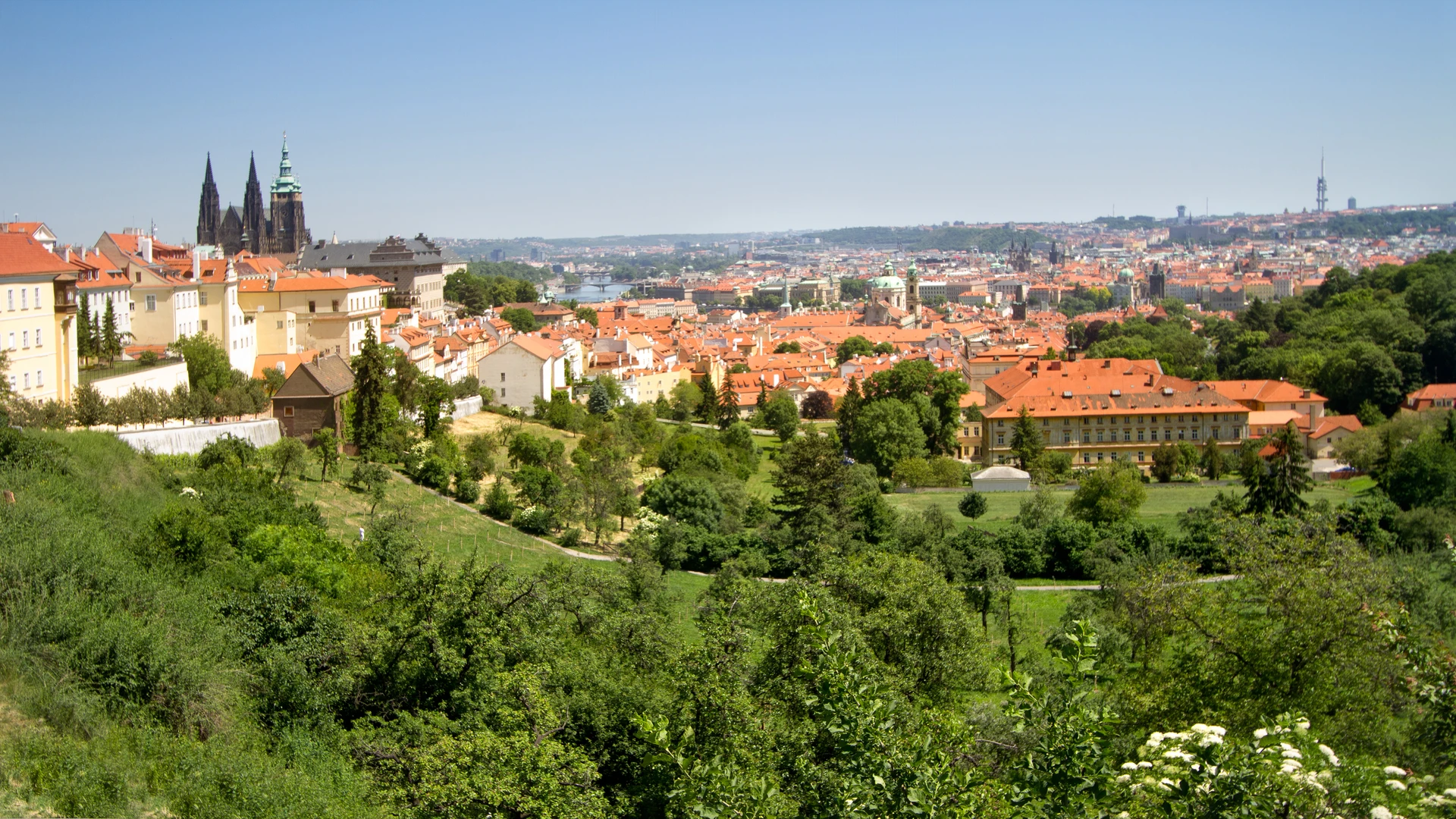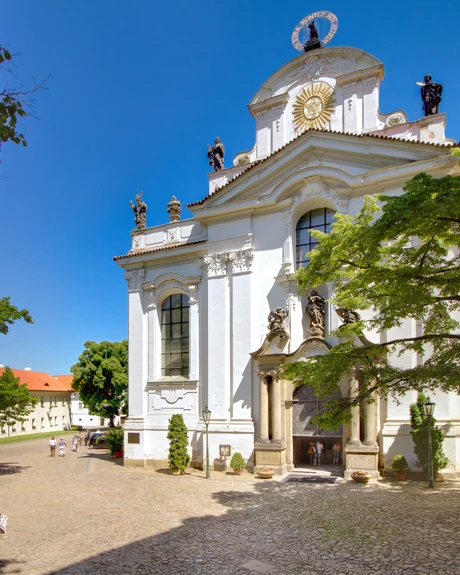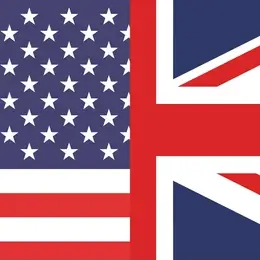Strahov Monastery
Strahov Monastery was founded in 1140 by the Premonstratensians and with its vastness, it could compete with the seat of Czech kings. After a great fire in 1258, it was rebuilt in a Gothic style and later, some Baroque touches were added. Its wonderful library in the Theological hall and the Philosophical Hall is more than 800 years old. Despite being ransacked by soldiers of many invasive armies, it is still one of the best libraries in the Czech Republic. Strahov Monastery avoided the infamous abolishing of monasteries during the reign of Joseph II. in 1783 by changing the library into a research institute. There is a monastery and museum now.






